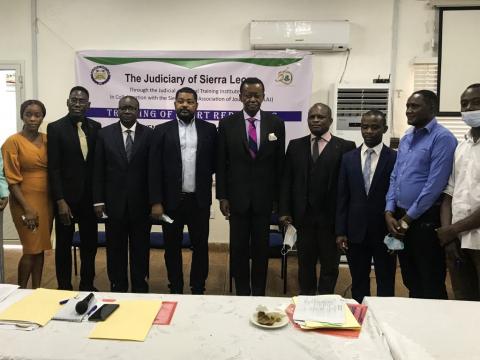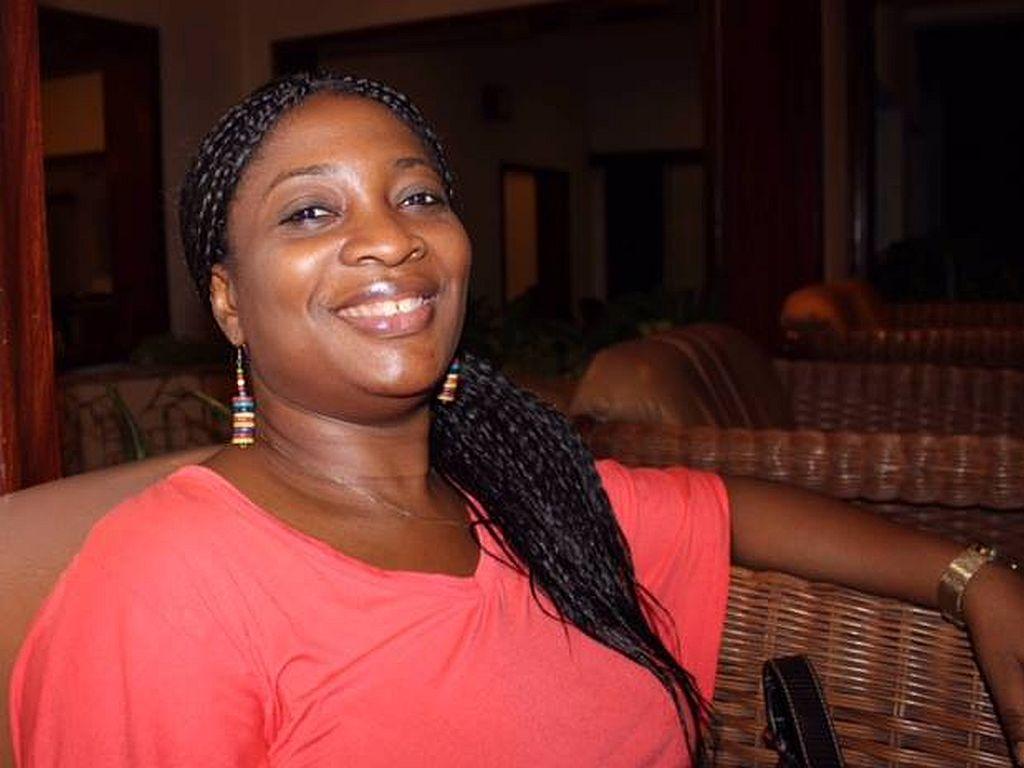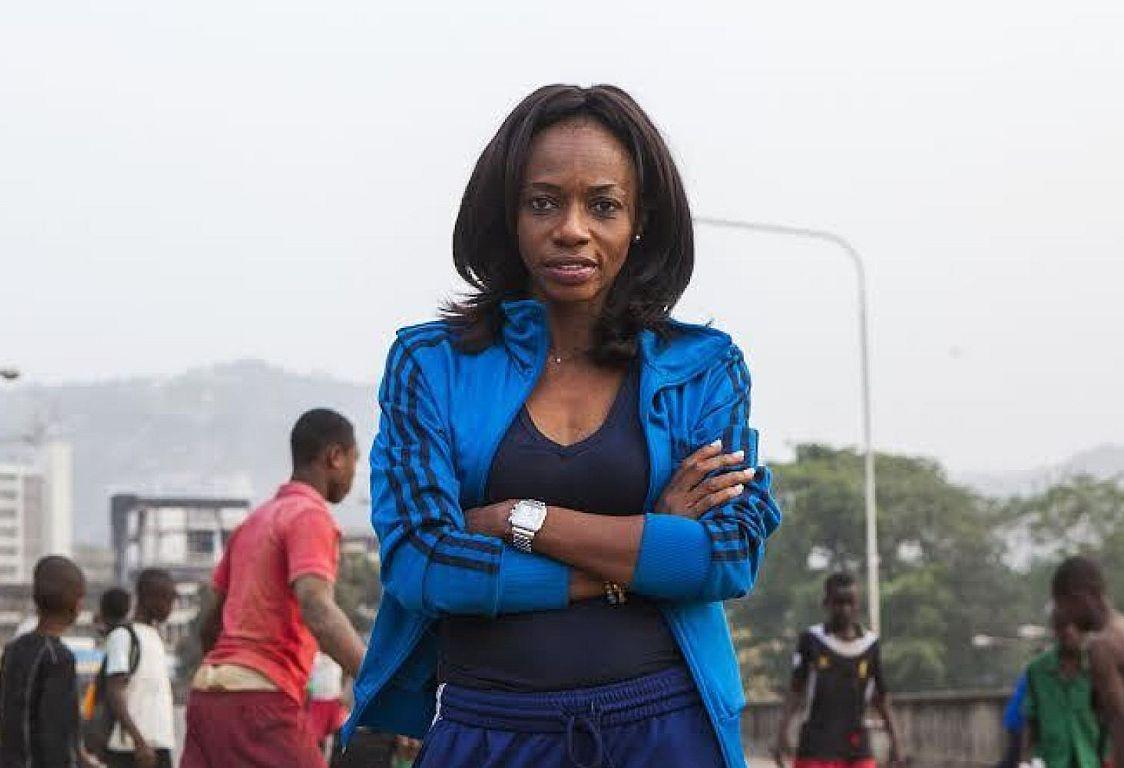By Mohamed Foday Conteh
The Judiciary of Sierra Leone has made a clarion call on court reporters to be accurate in dispensing news. The demand was made by Justice Nicolas Browne-Marke at a two-day training session for court reporters at the Peace Museum of the Sierra Leone Residual Court in Freetown.
Justice Browne-Mark highlighted the symbiotic relationship between the media and the judiciary and recalled the treason trials of the 1960s and 1970s that he said were accurately reported by Unity, Daily Mail and We Yone newspapers at the time. He said that the judiciary does not seek favourable reporting but rather one that is saturated with accuracy.
The President of the Sierra Leone Association of Journalists (SLAJ), Ahmed Sahid Nasralla highlighted the importance of the training and said that the Association has been looking forward to that. He said the training has elated his mood and could not have been more pertinent than in this digital age. He said reporters should not only report deterrent and strong stories but also factual and accurate ones. He however noted that there is a lack of zest among journalists in Freetown to carve a niche in court reporting.
The SLAJ President implored journalists to make use of the training and further admonished the press corps to be dynamic and move with the current trend. “Journalists should not be static in their reporting,” he added.
He also admonished journalists to be responsible in their reporting even though the Criminal Libel Law has been amended. “SLAJ will not support any reckless journalist,” he warned the press corps. He went on to state that although the Criminal Libel Law is now obsolete, other laws like the Civil Libel Law, Contempt of Court, and Parliament among others are active and journalists should be cognizant of that.
Justice Eku Roberts of the Judicial and Legal Training Institute (JLTI) in his address to the reporters observed that accuracy should be the caveat of any court reporter. He went on to state that reporters are only important to the Judiciary when they report unbiased and independent news. He mentioned that while the Judiciary has a Communication and Media Unit, however, rely on the media for broader coverage. “Blowing your horn yourself is not easy,” Justice Roberts said
He stated that the relevance of the training was pitched to them a couple of years ago by the President of the Court Reporters Association together with the Office of the Public Relations Officer of the Judiciary but was unsuccessful because of lack of funding and its timing.
Reporters at the training stressed that the Judiciary should thoroughly educate them on issues like contempt of court, access to court documents, and the dynamics of the court proceedings, among others.
Justice Roberts through a PowerPoint presentation highlighted some of the rights of accurate court reporting ranging from access to public trials, access to documents and privileges. He also stated that the public, in turn, has the right to know the meaning of expression of the public trial (fair trial).
Justice Alusine Sesay commended journalists for their work, its importance which he said cannot be overemphasized. He said the fourth estate has been a focal point of his journey through onto his appointment at the Supreme Court. The training ended on Friday 18 June 2021.
Copyright © 2021 Politico Online (21/06/21)








